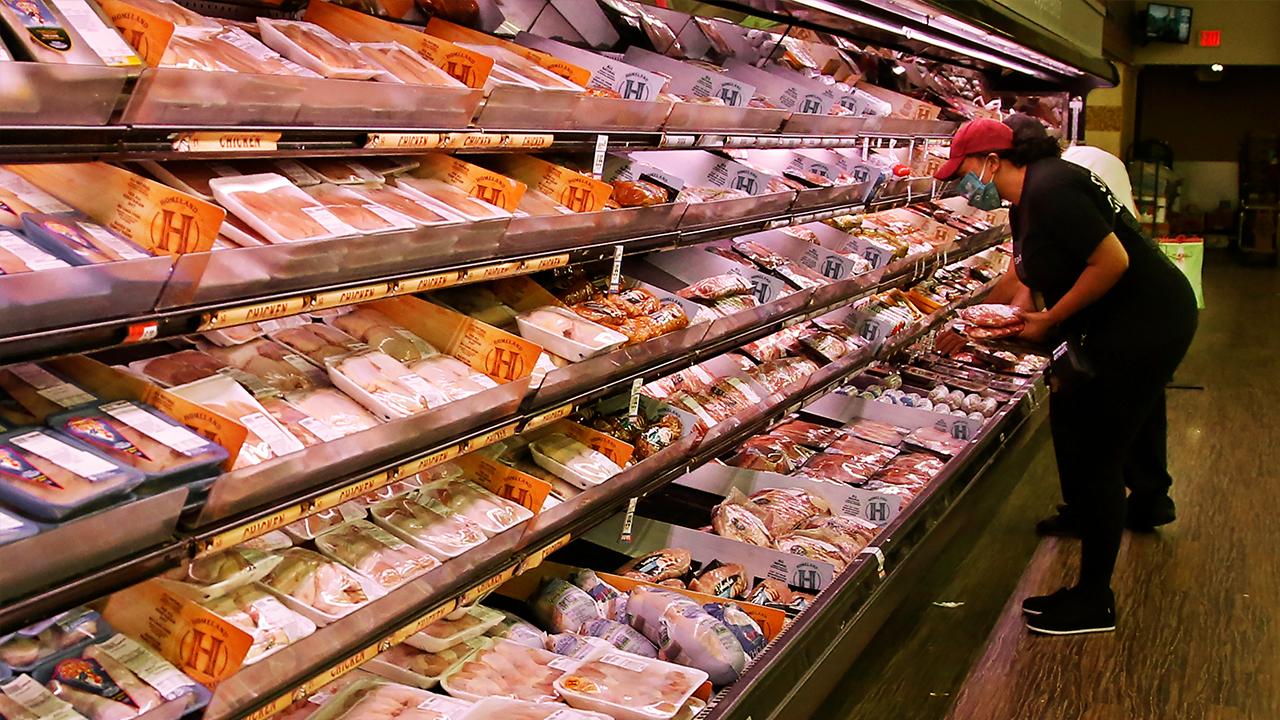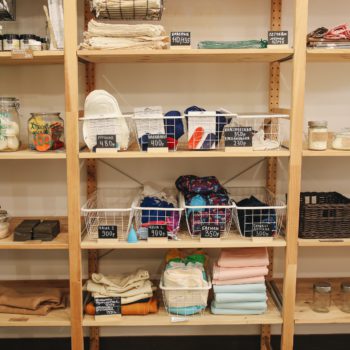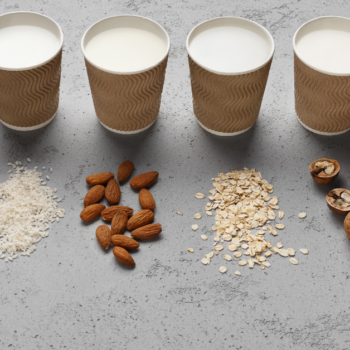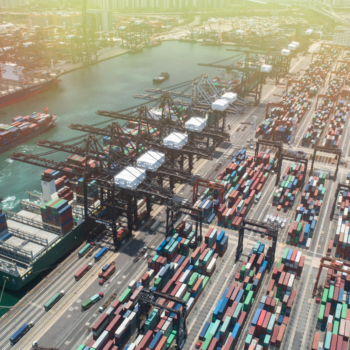Founded in 1935, Tyson Foods is the second largest processor and marketer of pork, chicken, and beef in the world. If you eat meat, you’ve almost definitely eaten an animal killed and processed by Tyson. The company employs over 100,000 people as it kills 37,000,000 chickens, 408,000 pigs, and 133,000 cattle every week.
Industrial food companies like Tyson Foods run their operations like a well-oiled machine. They’ve turned the process of putting meat on your plate into an exact and ruthless science. They know what kind of meat people like, how much they buy, and where they buy it.
You just don’t generate over $40 billion in annual revenue out of thin air. Under normal circumstances, the system works for everyone involved…or so it seems.
When a virus circulating throughout the world’s air puts the world on pause, the food production process is not immune. Neither is Tyson Foods.
America, our Food System has a Problem
On Sunday, the company’s chairman ran a full page New York Times spread with a dire warning: the food supply chain is breaking.
So what’s happening? It’s pretty simple: meat processing plants are closing due to the pandemic. Why is that so impactful? Without a way for meat to be transformed into edible food, “farmers across the nation simply will not have anywhere to sell their livestock to be processed.” The term “processing” is a friendly euphemism for the gory details of meat production that industrial agriculture protects us from confronting in our daily lives.
Think of a company like Tyson Foods as a middleman in the food system. Back in the day, before refrigeration and grocery stores, most people either produced their own food or bought it locally. Nowadays, people are largely disconnected from the food they eat. The Tysons and Smithfields connect the growers with the retailers and eaters.
Again, this all works well for the middlemen under normal circumstances. But the just-in-time inventory system they use to get your chicken wings from the farm to your plate is very fragile. For one, farmers breed animals to grow very quickly, so if they can’t “process” a grown animal within a certain time frame, it gets too big and loses value. Furthermore, a processor cannot easily pivot between different types of demand, like restaurants vs grocery stores. These examples only hit the surface of the dangers of factory farming.
Why is Tyson Foods Crying Wolf?
According to the United Food and Commercial Workers International Union, at least 10 meatpacking workers and 3 food processing workers have died from the coronavirus and at least 5,000 meatpacking workers and 1,500 food processing workers have been directly impacted by the virus. Before you dig into a chicken burrito, think twice about who’s handled your food.
Let’s step back and consider what a factory farm looks like. Thousands of animals lined up shoulder to shoulder, often standing in their own waste. Workers standing elbow to elbow, crowded in unsanitary conditions. Poor lighting and ventilation make the air dank and dark. The result is appalling.
What’s the key takeaway? Factory farming provides a breeding ground for infectious diseases to spread quickly. And our industrialized food system is woefully unequipped to handle disruptions. With regard to emerging diseases like COVID-19, about 75% of them come from animals.
At the core, the system lacks a vital ingredient for sustainability: resilience. One small shock, one small virus in this case, can shut it all down. That’s why you see Tyson Foods crying wolf in the newspaper.
Food Waste
Going forward, you might not see as many meat products available in your grocery store. And that means we’re about to see not only a lot of meat wasted but millions of animals being “depopulated,” in the dispassionate words of Tyson’s chairman. If you’re not sure what that means, I’ll give you a hint: it’s yet another euphemism.
Tyson’s warning comes fresh off a spate of discouraging news underscoring the fragility of America’s food system.
Similarly to our health care system, our food system prioritizes profit over delivery and effectiveness. Farmers have discarded millions of pounds of high-quality edible food because they have no way to deliver it to the people who need it, while roughly 37 million Americans struggle with food insecurity.
We’ve seen the U.S. Department of Agriculture allow millions of pounds of food to rot in spite of soaring demand for food banks. We’re now seeing hundreds of thousands of pigs slaughtered every day only for their carcasses to end up at landfills or rendering plants (which convert waste animal tissue into usable materials) rather than grocery store shelves and dinner plates.
As a quick tangent, things are so bad in Belgium that the government has asked Belgians to eat French fries at least twice a week to avoid throwing away over 750,000 tons of potatoes.
These developments underscore an oft-overlooked piece of the climate change puzzle: food waste. In the U.S., an estimated 30 to 40 percent of food is wasted. Americans discard about 80 billion pounds of food every year, or about 219 pounds of waste per person. In dollar terms, food waste amounts to roughly $161 billion wasted annually. In terms of global greenhouse gas emissions, food waste constitutes about 7% of that pie. This is shameful.
Waste occurs at multiple levels of the food system; in dire times like a pandemic, it will prevail at every level, from farms to slaughterhouses to grocery stores to your dinner plate.
A Better Food System
How could we avoid these issues going forward? It’s complicated. But the bottom line is quite simple: think globally, act locally. And emphasize resilience.
What would a local and resilient food system look like? Going back to the chicken burrito, all of those ingredients (tortilla, chicken, rice, etc.) would be produced, processed, distributed, and consumed as locally as possible. The entire system would look more like a resilient spider web than a fragile Jenga tower that could disintegrate with a gust of wind or a gentle tap or shake. The system would be adaptable and decentralized, able to withstand shocks or disturbances while maintaining its core integrity and structure.
Such an idealized food system could mitigate future crises (stemming from pandemics and other stressors), but more importantly, it could safely and healthily feed more people. Isn’t that what we all want?













No Comments